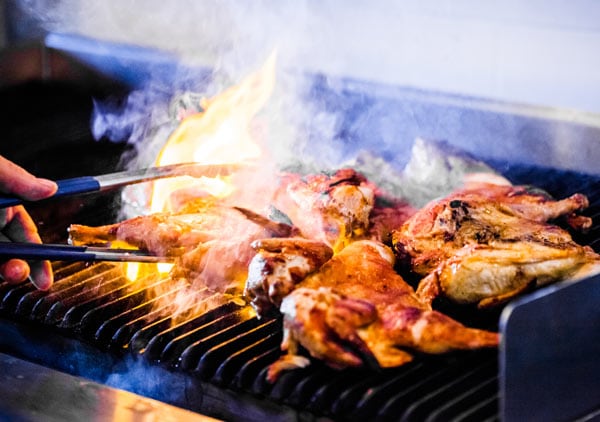
#18,022
As we've discussed many times (see here, here, and here), highly specific and sensitive PCR testing is great for detecting the presence of pathogens like influenza A, but it can also detect non-viable virus particles as well.
So, despite the furor overnight in the media about the discovery of `HPAI virus' in pasteurized milk, we don't know whether it presents a public health hazard or not.
It does, however, deflate repeated claims by the USDA/FDA that:
Dairies are required to send only milk from healthy animals into processing for human consumption; milk from impacted animals is being diverted or destroyed so that it does not enter the human food supply.
Further testing, where attempts will be made to grow (culture) the virus, will tell us a lot more. But that process could take days or (if the virus is toxic to the growth medium) weeks.
While my guess is that pasteurization greatly reduces any risks of infection, it is a mystery why - a full month after the virus was confirmed in dairy cows - they don't have those answers yet.
The FDA's low-key admission (see below) was buried well down the page in last night's Updates on Highly Pathogenic Avian Influenza (HPAI).
(Excerpt)
As noted by USDA and some press reports from the World Health Organization (WHO) and other sources, the presence of the virus has been detected in raw milk. Based on available information, pasteurization is likely to inactivate the virus, however the process is not expected to remove the presence of viral particles. Therefore, some of the samples collected have indicated the presence of HPAI using quantitative polymerase chain reaction (qPCR) testing.
During the course of the outbreak, the FDA has been evaluating milk from affected animals, in the processing system, and on the shelves. We are completing a large representative national sample, to better understand the extent of these findings. Because qPCR findings do not represent actual virus that may be a risk to consumers, the FDA is further assessing any positive findings through egg inoculation tests, a gold-standard for determining viable virus. To date, we have seen nothing that would change our assessment that the commercial milk supply is safe. Results from multiple studies will be made available in the next few days to weeks.
As reported by Lisa Schnirring on CIDRAP earlier this week (see Scientists find clues in early analysis of newly shared US H5N1 avian flu sequences), there is now evidence that HPAI H5 may have been circulating in cattle for weeks (or even months) longer than previously suspected.
A bias against testing cattle for influenza A (despite evidence of their susceptibility) allowed the virus to circulate undetected until a month ago. Since then, further reluctance to test non-dairy cattle, or asymptomatic cows, has left us with no clear idea of how widespread this HPAI outbreak really is.
This `don't test, don't tell' policy also extends to pigs, and other potentially susceptible livestock.
We have a bad habit of assuming the `best case scenario' when it comes to emerging viruses.
In 2020 it took weeks and even months for governments to accept that COVID couldn't be contained by travel restrictions, that it was spread via the `airborne' route, and early reports of asymptomatic spread and reinfections were dismissed by the experts.
Those early overly-optimistic assumptions undoubtedly cost lives.
While the jury is still out on whether HPAI H5 will spark the next global public health crisis, another pandemic is inevitable.
Although I understand it may be politically and economically inconvenient, we have to be willing to actively look for the next threat, otherwise we'll never see it coming.











